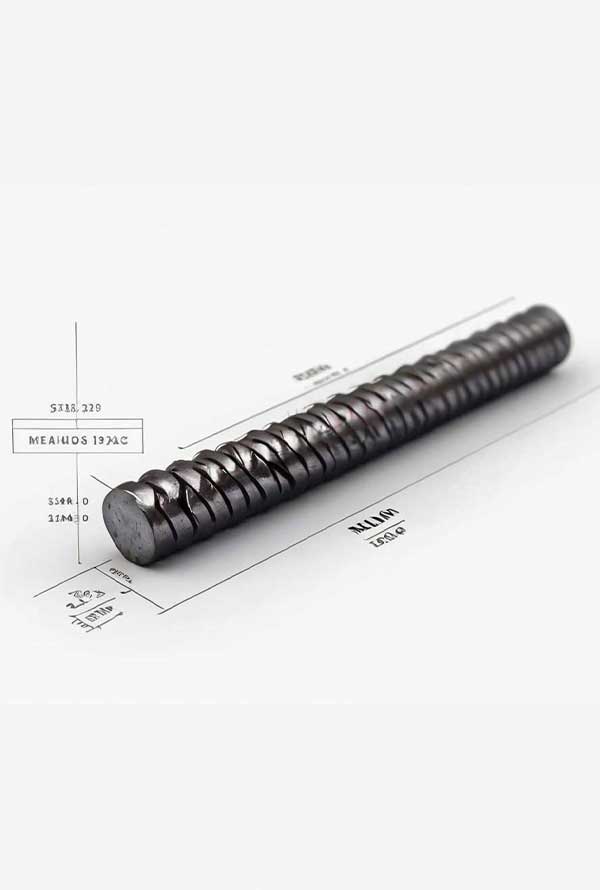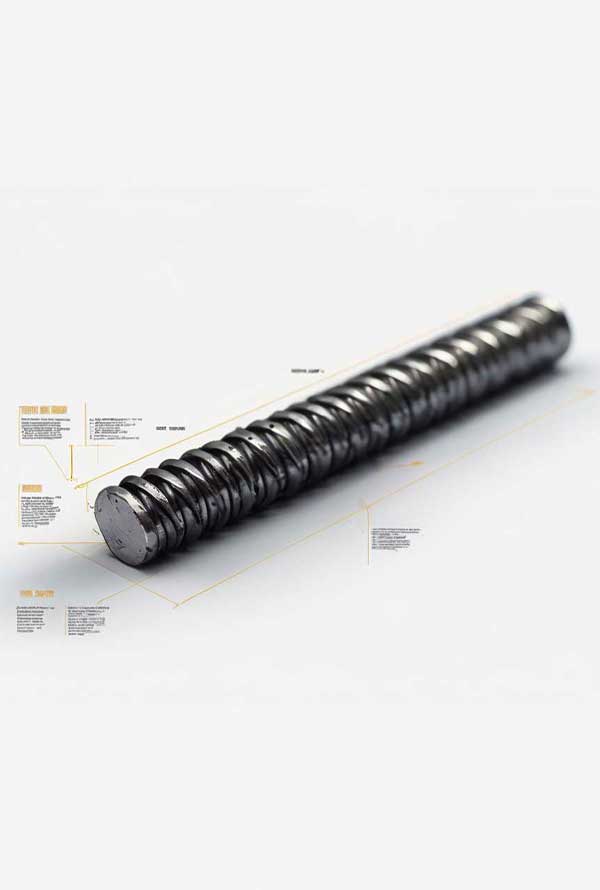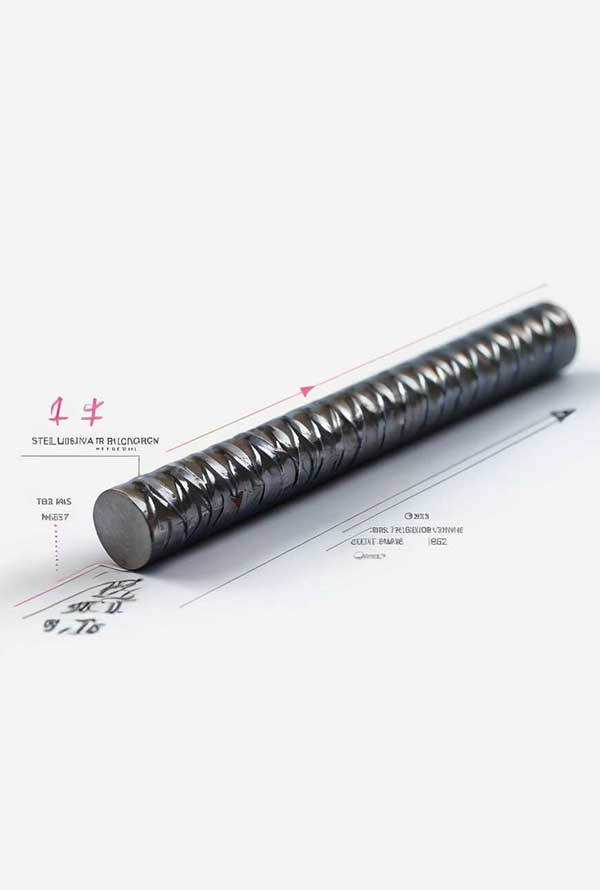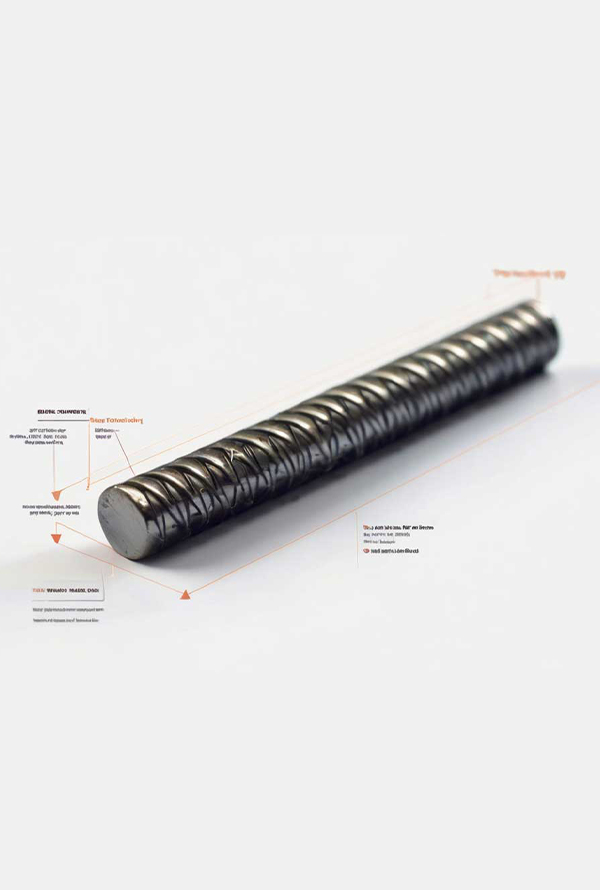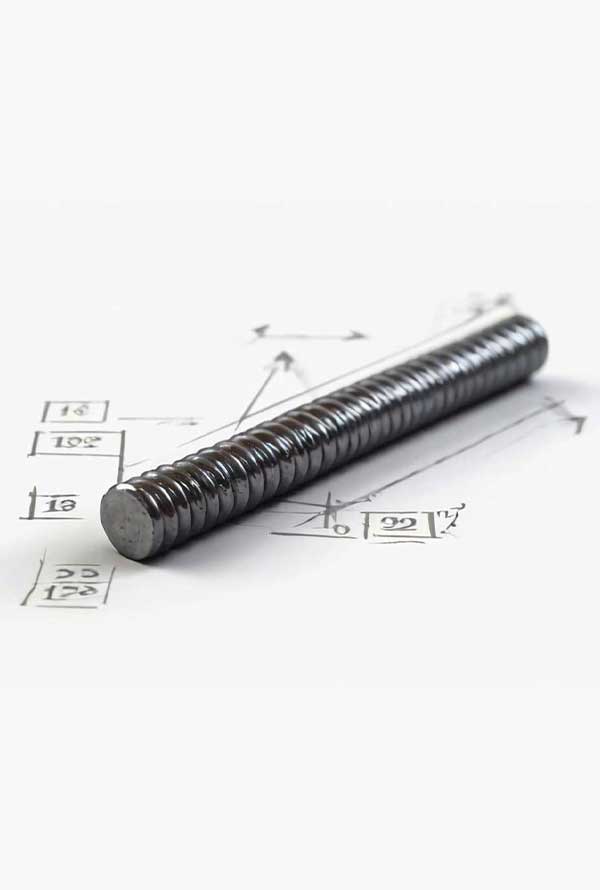In this report, we provide a comprehensive analysis of the price of rebar 22 to help you make an informed decision when purchasing this product.
Price per Kilogram of Rebar
The price of rebar size 22 across different brands has experienced significant fluctuations in recent times due to changes in the steel market. However, the current market for rebar 22 has stabilized somewhat, with price volatility reduced. In some cases, the price remains unchanged from the previous day. Therefore, it is recommended to check the latest price of rebar size 22 on the real-time price page for iron and rebar.
Daily updates on the prices of various rebar types, including rebar 22, are published. Additionally, by referring to comprehensive price tables that list all sizes of rebar across different brands, you can find the exact price of this product.
Price Fluctuation Chart for Rebar 22
By studying the price fluctuation chart of rebar 22 over recent months, you can accurately compare the rates and analyze its market trends. Reviewing this chart helps investors and buyers make optimal purchase decisions based on full market awareness. Analysis of this data reveals that the price of rebar 22 has shown slight fluctuations in recent months. To view the price fluctuation chart of rebar 22, visit the Sirjan Hadid real-time price channel.
Which Factory Produces Better Rebar 22?
Rebar size 22 in our country is manufactured by large and advanced factories that produce high-quality products adhering to national and international standards. However, the wide variety of manufacturers and differences in raw materials and production processes lead to significant price differences among products.
Currently, products from the Sirjan Hadid Steel Factory typically exhibit higher quality. Therefore, consumers can choose from a wide range of rebar size 22 options with varying quality and prices based on their needs and budget.
Features and Characteristics of Rebar 22
Rebar 22 is a product with high strength and safety, produced according to various standards, including A1 (plain), A3 (ribbed diagonal), A4 (ribbed composite), and polished transverse in factories such as Sirjan Hadid. Ribbed types of this product, due to their hard and semi-hard structure, may break during welding and bending processes. However, plain rebar 22 has the ability to be welded and bent. The physical properties of this product include:
In terms of physical characteristics, rebar size 22 has a larger cross-sectional area compared to rebars with smaller diameters, which directly impacts its weight. Generally, an increase in the diameter and cross-sectional area of a rebar leads to an increase in its weight.
Applications of Rebar 22
Rebar 22 produced in Iran meets credible international standards such as those of Japan, Russia, and Europe, ensuring high quality. Due to its larger cross-sectional area compared to other sizes, this type of rebar exhibits significantly increased resistance against lateral forces and applied pressures. As a result, rebar 22 is widely used in various industries, including construction, automotive manufacturing, and other heavy industries.
Some of the major applications of rebar size 22 include:
- Construction Industry: Reinforcement of concrete structures, bridge construction, bolts, joists, and compensating for tensile strength in foundations.
- Automotive Industry: Especially in the manufacture of heavy vehicles.
- Other Industries: Construction of factories and industrial structures.
Rebar 22 plays a critical role in enhancing the strength and stability of structures, both as longitudinal reinforcement in foundations and as stirrup bars in hoop reinforcement.
Guide to Buying Rebar 22
Rebar size 22 is one of the most commonly used steel sections in various industries, making it particularly significant. Given the variety of products available in the market, choosing the right product can be challenging. When purchasing rebar 22, several factors, including physical shape, rib type, and technical specifications, should be considered.
To procure large quantities of rebar 22, it is recommended to purchase directly from manufacturers or through commodity exchanges. These methods ensure product quality and reasonable prices.
Technical Specifications of Rebar 22
Rebar 22 refers to any rebar with a diameter of 22 millimeters. Like other sizes, this type of rebar is produced and marketed in four grades: A1, A2, A3, and A4. Among these, grade A1 is plain, while the other three grades are ribbed.
Weight of Rebar 22
Each 12-meter bar of this size weighs approximately 36 kilograms. Depending on the manufacturing factory, the final weight may vary slightly.
Plain Rebar 22
As the name implies, this type of rebar is produced completely plain, with no ribs. The price of plain rebar 22 varies depending on the manufacturing factory and its chemical composition.
Ribbed Rebar 22
This product features ridges on its surface and is classified into grades A2 to A4. Ribbed rebars have different yield strengths, tensile strengths, hardness levels, and elongation characteristics based on their grade.
Production Method for Rebar 22 Based on Standards
The production standard of each rebar is indicated by a code inscribed on it. These codes consist of letters SA, CU, CT, JT, and JU and provide information about the rebar’s grade and production method.
- The first letter of the code indicates the grade. For example, the letter S represents grade A4, and the letter C indicates grade A3.
- The second letter of the code indicates the production method. Letter T signifies the use of the Thermex method, while U denotes the use of the alloying method.
For instance, the code CT on a rebar indicates that the product is of grade A3 and was produced using the Thermex method.
Weight of Each Bar of Rebar 22
The weight of each bar of rebar size 22 (12 meters in length) averages between 34 to 37 kilograms based on figures reported by manufacturers. It is worth noting that rebar 22 is produced in four grades: A1 (plain), A2, A3 (diagonal), and A4. The table provided shows the average weight of each bar of grade A3 (diagonal), the most commonly used grade in the market. The precise weight of each rebar bar may vary slightly depending on factors such as steel density, production tolerances, and the manufacturing factory.
How Ribbed Rebar 22 Is Made
Ribbed rebar size 22 is produced through a hot rolling process. In this method, steel billets are heated in specialized furnaces and subjected to the pressure of rolling mills to be formed into rebar with the desired diameter. The rolling process is usually carried out in several stages, with the billet diameter reduced and its length increased at each stage.
After the rolling process is complete, the rebars are transferred to ribbing machines to create ridges. In certain grades, such as A2, ribbing is done simultaneously with rolling, while in grades like A3, ribbing occurs after the rebar has cooled. Finally, the produced rebars are cut into 12-meter lengths.
Types of Ribs on Rebar 22
The ribs on rebars are categorized based on their shape and orientation. Regarding cross-sectional shape, ribs can be spindle-shaped (with variable cross-section) or uniform (with constant cross-section). In terms of orientation, ribs are created helically or diagonally on the rebar surface.
According to national standards, ribbed rebars (including rebar 22) must feature both transverse and longitudinal ribs. Transverse ribs are placed diagonally to the rebar’s longitudinal axis and are usually spindle-shaped and arranged in four semi-helical patterns. Longitudinal ribs, on the other hand, are uniformly parallel to the longitudinal axis and evenly distributed on the rebar surface.
Based on National Standard No. 3132, ribbed rebars of grades 340 and 350 must have uniform transverse ribs at a minimum angle of 45 degrees to the longitudinal axis, and their spindle-shaped ribs should be helical, complying with the guidelines specified in the mentioned standard.
Mechanical Properties of Ribbed Rebar 22
Ultimate Tensile Strength of Ribbed Rebars
Ultimate tensile strength refers to the maximum tensile force a ribbed rebar can withstand before fracturing. According to existing standards, the minimum ultimate tensile strength for various ribbed rebar types is as follows:
Spiral Ribbed Rebar (Grade 340): 500 MPa
Diagonal Ribbed Rebar (Grade 400): 600 MPa
Composite Ribbed Rebar: 650 MPa
Note: The mentioned values represent minimum ultimate tensile strength and may vary depending on steel type and production process.
Yield Stress of Ribbed Rebar 22
Yield stress refers to the maximum force a ribbed rebar can withstand without undergoing permanent deformation. In other words, as long as the applied force is below the rebar’s yield stress, it will return to its original shape after the force is removed. Beyond the yield stress, the rebar undergoes plastic deformation and does not return to its original state after the load is removed.
According to existing standards, the minimum yield strength for various ribbed rebar types is as follows:
- Spiral Ribbed Rebar (Grade 340): 340 MPa
- Diagonal Ribbed Rebar (Grade 400): 400 MPa
- Composite Ribbed Rebar (Grade 500): 500 MPa
Note: The mentioned values represent minimum yield strength and may vary depending on steel type and production process.
